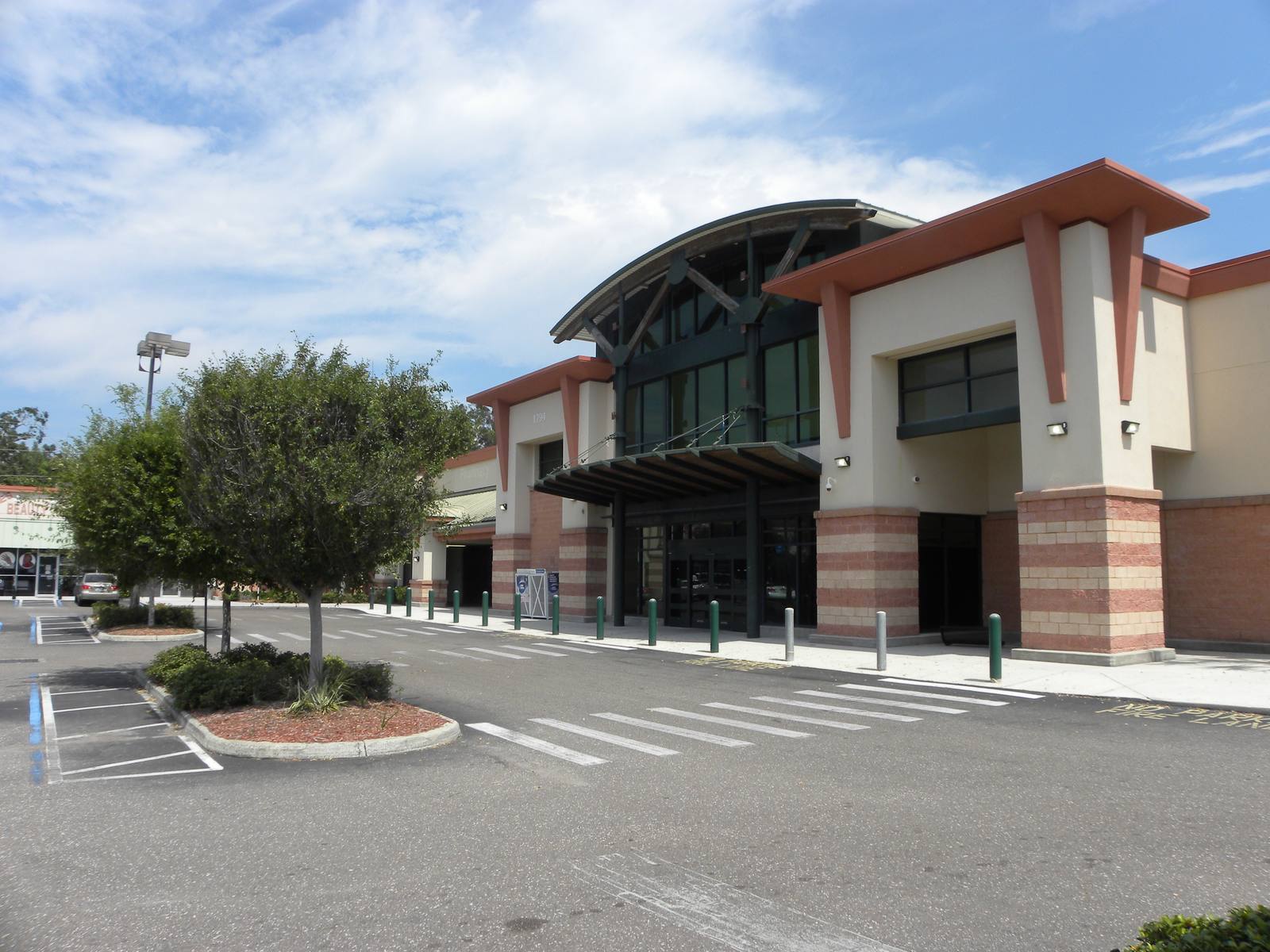Insight
Community Voices: Drowning in a salty sea of dollar stores, U.S. cities pass policy for residents’ health

Welcome to the Catalyst’s Community Voices platform. We’ve curated community leaders and thinkers from all parts of our great city to speak on issues that affect us all. Visit our Community Voices page for more details.
Within a 42-block area of south St. Petersburg’s are six dollar-type stores and not one full-service grocery store that sells fresh or frozen produce, meats, dairy or whole grains.
Sold at these stores, two Dollar Generals and four Family Dollars, are highly processed, high sodium, low fiber, low nutrient foods that residents purchase in lieu of nutrient-dense foods available at grocery stores more than one mile away.
Nationally, dollar-type stores outnumber Walmart and Starbucks combined with more than 30,000 now operating. Plans to open another 10,000 are in the works. A trend is afoot nationally to shine a light on how they elbow out full-service grocers and other innovation for nutrition equity.
Recently the Tulsa, Oklahoma city council, through the leadership of city councilwomanVanessa Hall-Harper, passed zoning restrictions that require “small-box” retailers to be built at least a mile apart unless they carry at least 500 square feet of fresh fruits, vegetables and meats.
In response Dollar General, through a spokesman, said they were “disappointed in the recent zoning restrictions in North Tulsa which restrict our ability to serve an even greater number of residents.”
In a similar zoning fashion, St. Petersburg city council passed the Storefront Conservation Corridor Overlay Ordinance which limits the size of storefronts on Beach Drive and Central Avenue from the Bay to 31st Street. The goal is to preserve the area’s vibe and promote small business.
As Beach Drive and Central Avenue go so will other parts of the city? Some local leaders would like to start the conversation.
St. Petersburg District 6 councilwoman Gina Driscoll acknowledges that parts of the city lack nutritious offerings, and small-box chains may be working against the city’s efforts to attract a grocery store.
“I’m connecting with other cities who have successfully implemented restrictions and incentives regarding small-box discounters to determine what a similar policy might look like in St. Pete,” said Driscoll.
District 4 city councilwoman Darden Rice echoes similar thoughts.
“The proliferation of dollar stores undercuts our efforts to bring in full-service grocery stores,” Rice said. “It’s time to look at how other cities are creating ordinances to curb out small box dollar stores, or to incentivize them to sell fresh produce in their aisles.”
Here’s a roundup of what other cities across the nation are doing to regulate dollar-type stores:
— Birmingham, AL: This past July, the city council, with the support of mayor Randall Woodfin, passed an ordinance that restricts the opening of more dollar-type stores in the city and financially assists grocers and other retailers, like grocery co-ops, that sell fresh food.
— Kansas City, MO: As of February 2019, new “small-box variety stores” will require a special use permit that spaces stores within 10,000 feet of each other or within 200 feet of residentially zoned properties.
— Mesquite, TX: Ordinances were passed earlier this year that limit new “small-box stores” to within 5,000 feet from another one, and requires at least 10 percent of floor space dedicated to fresh produce, meats and dairy. The city is working to attract more grocery stores.
— Cleveland: City councilman Blaine Griffin drafted legislation that places a moratorium on new Family Dollar stores until company leaders can come up with their own policies to address safety and service. Frequent robberies have prompted this action.
— New Orleans: Spacing restrictions on small-box stores were approved by the City Planning Commission unanimously earlier this year in New Orleans East and elsewhere in the city. The potential restrictions will be voted upon by city council. The proposed limits among stores are one to two miles depending on the area.








Victoria Vanderwal
November 28, 2019at12:49 am
I live in this neighborhood not by choice but bcuz I don’t make enough to live dwn twn but anyways back a few years ago when that building was a grocery store several different ones I worked for them. they constantly were being robbed or bums begging for money and the customer service was a joke ghetto attitude towards customers ect.. So b4 you go bringing up the hard times the residents of that neighborhood remember this they did it to themselves.
S. Rose Smith-Hayes
November 29, 2019at1:00 am
I believe the absence of ‘cash’ hurt the Walmart at 22nd street and 18th Avenue so. in St. Petersburg Fl. Once the SNAP benefits were depleted, the last 10 to 15 days of the month not much shopping was done. Stores need to make a profit to pay rent, salaries and utilities. If these expenses are not met, a store cannot survive. The security issues could have and should have been handled by the business. Employee rudeness should have been reported to management or the head office.